Papercrete Tiny Houses
Julia (my wife) ran across this papercrete house website recently. Papercrete is a simple and inexpensive way of building walls from paper pulp and cement. Normally concrete blocks are a mix of sand, gravel, and quite a bit of cement to hold the block together because the sand and gravel offer no added binding ability. Paper on the other hand is fibrous so less cement is needed. The end result is a inexpensive lightweight insulating construction material made from 95% recycled material.
You make papercrete by taking old newspaper, phone books, and/or cardboard, and mixing it up with a lot of water until the paper is pulped. Then you add the cement and voila… yuckie sticky globs of goo that make perfect block walls or sculpted structures. It sounded a lot like working with adobe or cob to me except of course papercrete would be much lighter when dry and have more of an insulting factor.
Adobe, cobb, and concrete are great for thermal mass but they don’t really insulate the way that straw bales, insulated panels, or even insulated framed walls do. Masonry walls simply regulate the interior temperature by slowly heating and cooling. For example on a hot day an adobe wall heats up slowly and the heat travels through the wall at about 1 inch per hour. By the time the evening comes around the heat of the day finally makes it way through the thick wall and is released to warm the interior at night. The wall then cools at night and stays cool all the next day. This simple cycle makes adobe and other masonry materials attractive in hot climates.
But in most climates insulating walls tend to be more usable because they regulate the interior temperature by creating a barrier between the inside and outside. I suspect papercrete provides a mix of both, depending on what you choose to put into the mix. In fact I bet if you mixed your sun facing wall with a bit of gravel, sand or adobe you’d be able to take advantage of the thermal mass qualities of a real masonry wall. Then mix your insulating walls with just paper and cement to hold in all that regulated temperature. Doing it this way would give you a nice blend of the two properties and result in a nice passive solar house.
I was especially excited to see this inexpensive approach. Papercrete definitely deserves some exploration. Here are some other papercrete websites. Enjoy!
- Holy Scrap
- Built From Trash
- Hybridtufa
- Green Home Building
- Papercrete on Wikipedia

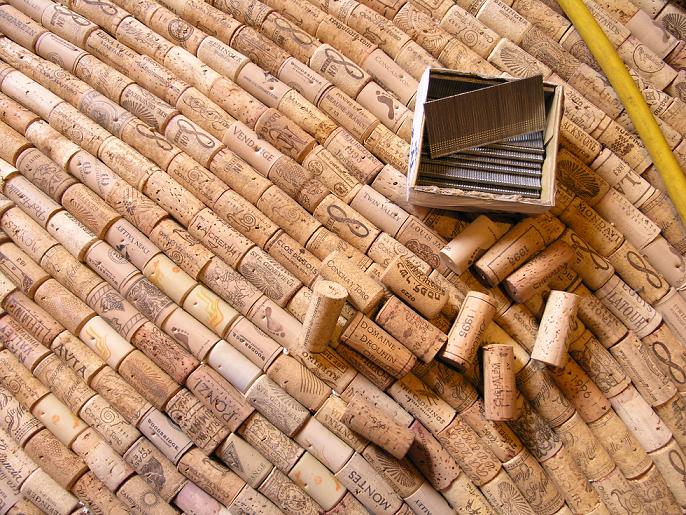
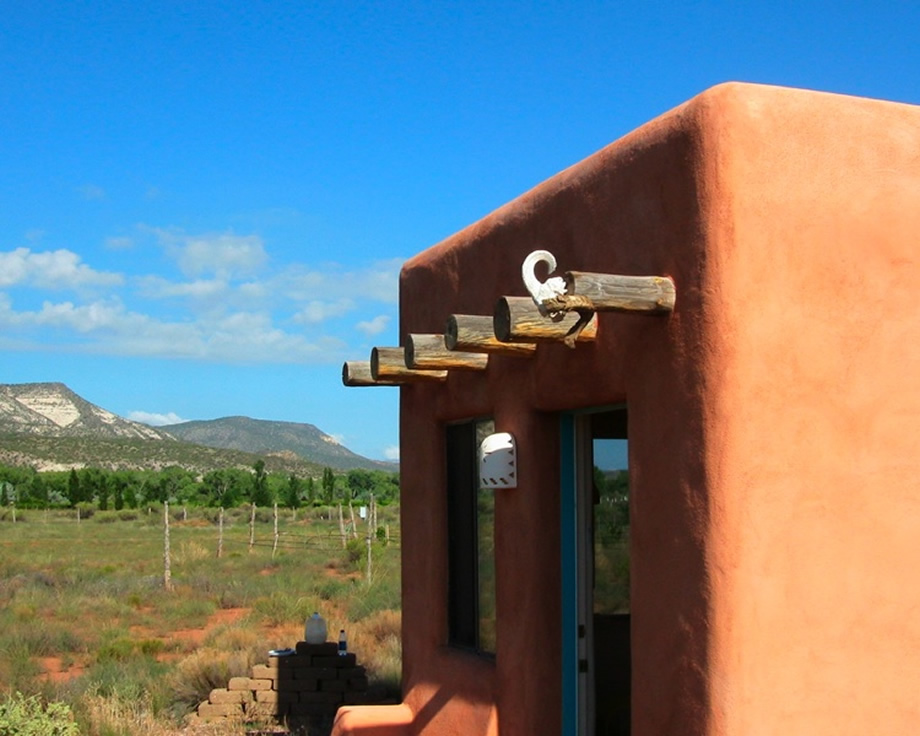
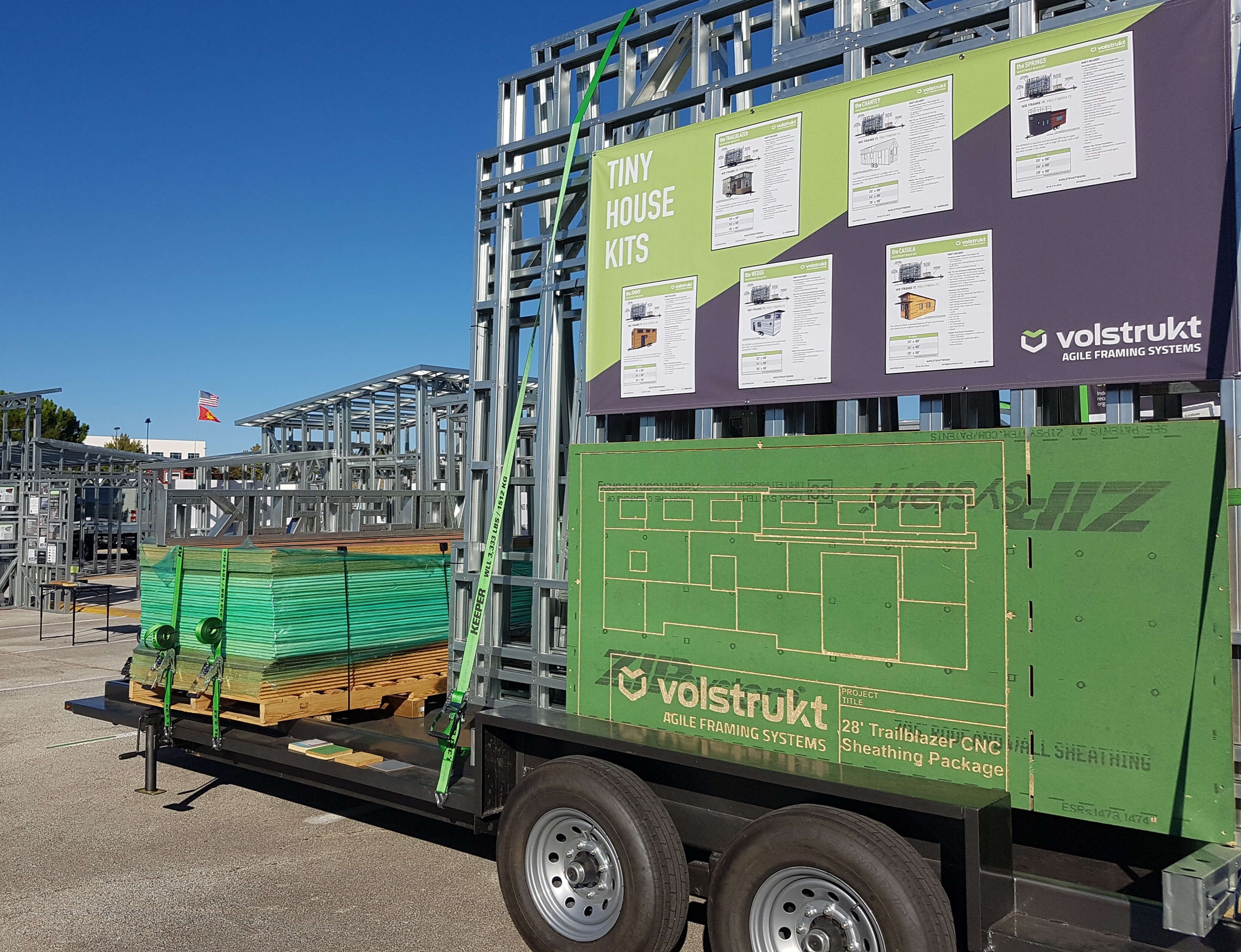
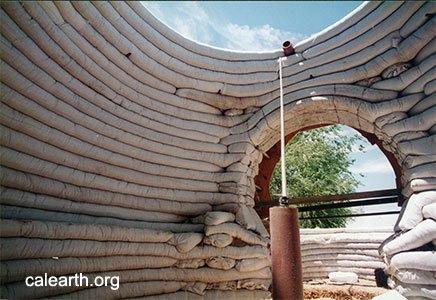
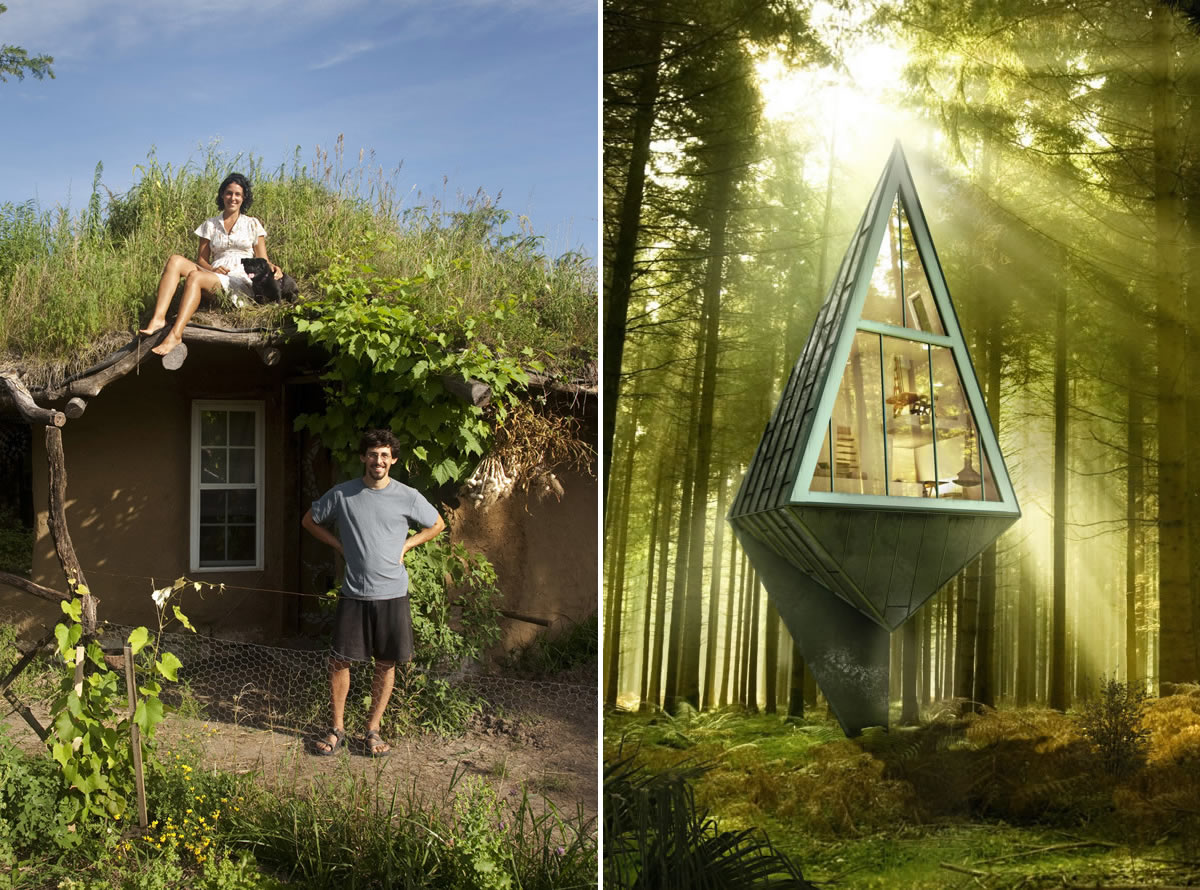
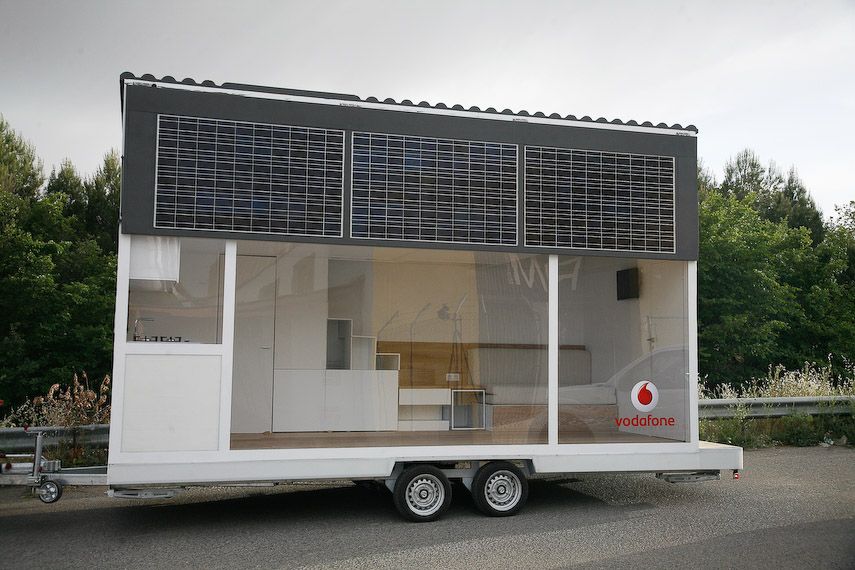
How cool is this!
Papercrete rocks!
Another pallet house:
http://www.municipalworkshop.org/projects/projautotron.html
Have you ever seen this site?
Amazing shapes. So fluid:
http://www.geocities.com/flyingconcrete/
The problem with papercrete is it’s not rainproof, making it only usable in dry climates
“The problem with papercrete is it’s not rainproof, making it only usable in dry climates”
This is partially true. Papercrete does absorb water, like many building products, but with the right mix, sealing, and roofing, papercrete houses can be used in wetter climates.
On this page is a good write up on papercrete and water:
http://www.livinginpaper.com/business.htm
Bob Merrill has been having great success with papercrete in wet weather. He lives in North West Washington state. Instead of pouring P/C blocks that are slow to dry,he sprays on a 1″ thick layer of P/C around his form-work. That leaves a bunch of surface area to dry faster. He keeps spraying on more papercrete layers as they dry.
hello
ı am from turkey.
‘Papercrete